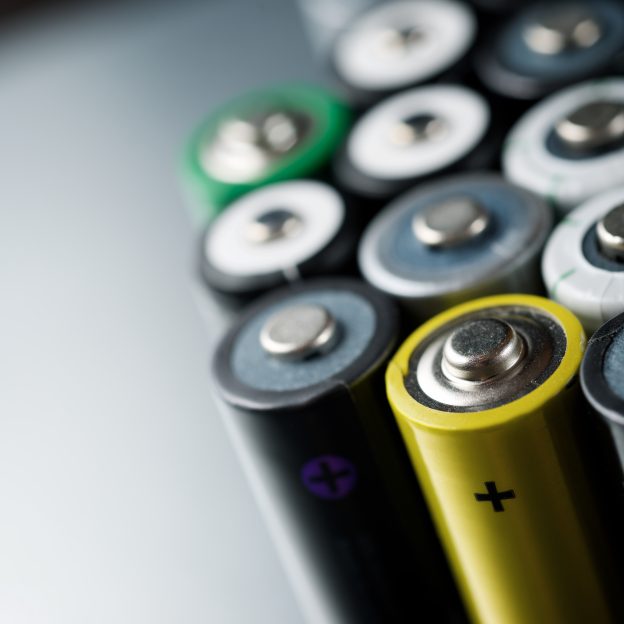 |
Amid the global rush for electric cars, French carmaker Renault has decided to make one step further, extending its e-car program to smart grid, as power source for not only electric cars but also households.
The company has decided to build, as a pilot project, such a smart grid on Porto Santo Island, an offshore island of Portugal in the Atlantic with 5,500 population, in cooperation with local government and grid operator Empresa de Electricidade da Madeira (EEM), under the auspices of the "Sustainable Porto Santo/Smart Fossil Free Island" program.
The program will be executed in three stages, calling for, in the first stage, investment of 9 million euros to build 40 e-car charging stations and a corresponding grid, to support existing 14 Renault Zoe electric cars and six Kangoo station wagons on the island.
By the end of 2018, the 20 electric vehicles will provide V2G (vehicle-to-grid) service, storing excess power from the island's grid, as an auxiliary power source during peak time for power consumption.
In the final stage, worn-out batteries of the vehicles will be removed and, in cooperation with British secondhand battery company Powervault, used as energy storage devices for power generated by the island's renewable energy device during peak time for power generation for use during peak time for power consumption, thereby stabilizing the operation of the island's small independent grid and cutting cost.
Renault notes that the smart grid integrates electric cars, secondhand batteries, smart charging service, and V2G, capable of augmenting the island's energy independence and stimulating the development of renewable energy. In a comparable program, the European Union is funding a smart grid program on Isles of Scilly of the U.K., which integrates electric cars, solar energy, heat pump, energy storage, and smart charging management system, based on the technology of British energy storage and smart energy management company Moixa.
Porto Santo Island now consumes 33.2 million kWh of power a year, 85% of which is supplied by fuel oil-generated power, with renewable energy accounting for the remaining 15%, including 11% from PV cells and 4% from wind power. Renault expects that the aforementioned program can boost the share of renewable energy to 19% by 2019, adding that the optimal makeup of the island's power generation is 80:20 between green energy and fuel oil-generated power, as swing in the island power consumption between busy and off season for the tourist industry, with the former double that of the latter, makes it impossible for the island to depend on green energy entirely.
100% green power is unfeasible, since it will entail ultra-large power capacity, resulting in huge excess power during off season for tourism, and construction of submarine power lines for transmitting the excess power to Madeira, a nearby island with much larger space and population, which will then has to build a pumped-storage hydroelectric plant, an arrangement too complicated to be carried out.
With its construction already underway, Porto Santo Island's smart grid will consist of smart grid sensor, remote monitoring and control system, smart electricity meter, communications system for power facilities, advanced power metering infrastructure, advanced distributed energy management system, and PV-cell energy storage. The program, if successful, may prompt other offshore islands worldwide to follow suit.
(Collaborative media TechNews, first photo courtesy of mariordo59 via FlickrCC BY 2.0)







